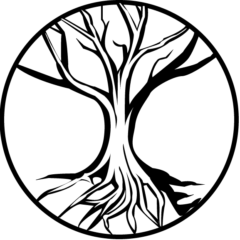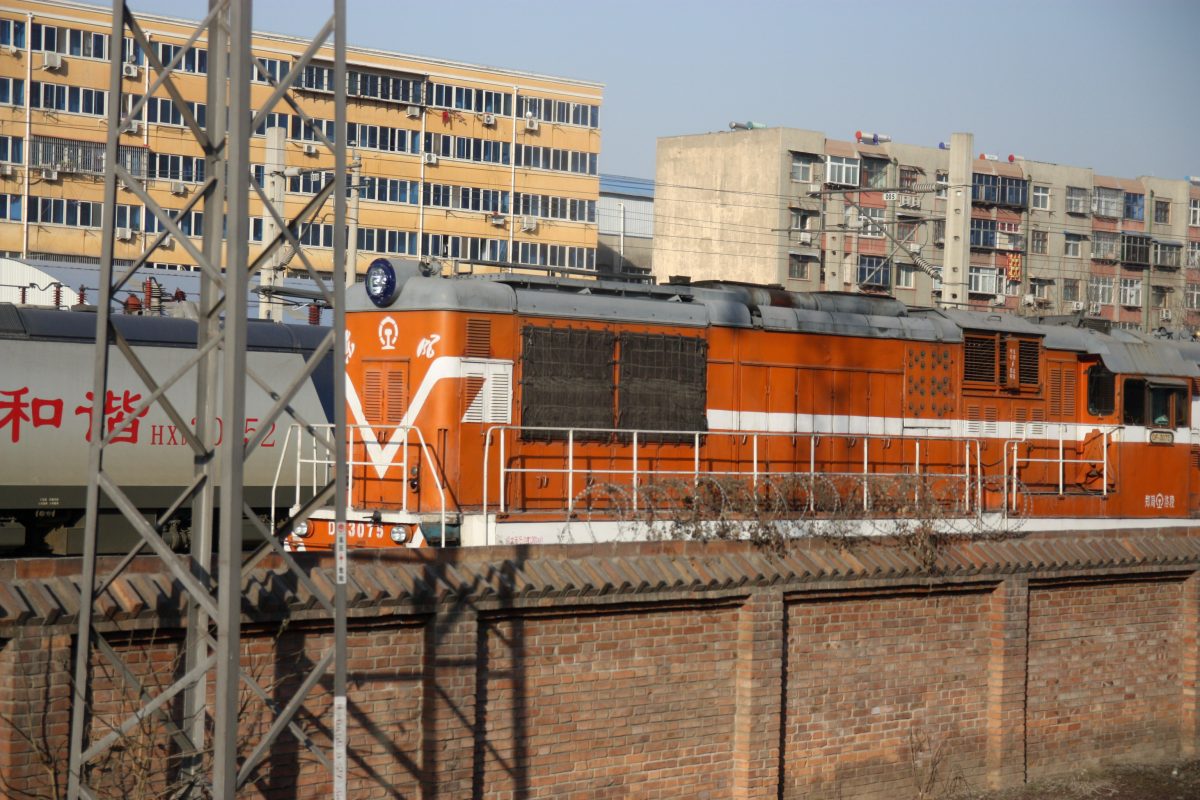First posted on TVG in China, 2016. I’m currently archiving old posts onto one blog.
For the last month, I’ve been on the road -or more accurately, the train track -out of Beijing, over to the far West of China, and down to the far south. The next few posts are concerning each place in turn, but firstly this is a short overview for the following blogs.
Leaving Beijing on the 27th December, I boarded the train to Xinjiang, China’s western frontier, and formerly my home for a year. 32 hours later (it was a quick train) I was back.
I was mainly back there to see old friends rather than travel; friends who are like family.
That said, the west is in many ways one of the most beautiful parts of China, varying dramatically from scorching (or freezing in winter) deserts, towering mountains, and lush green grasslands.
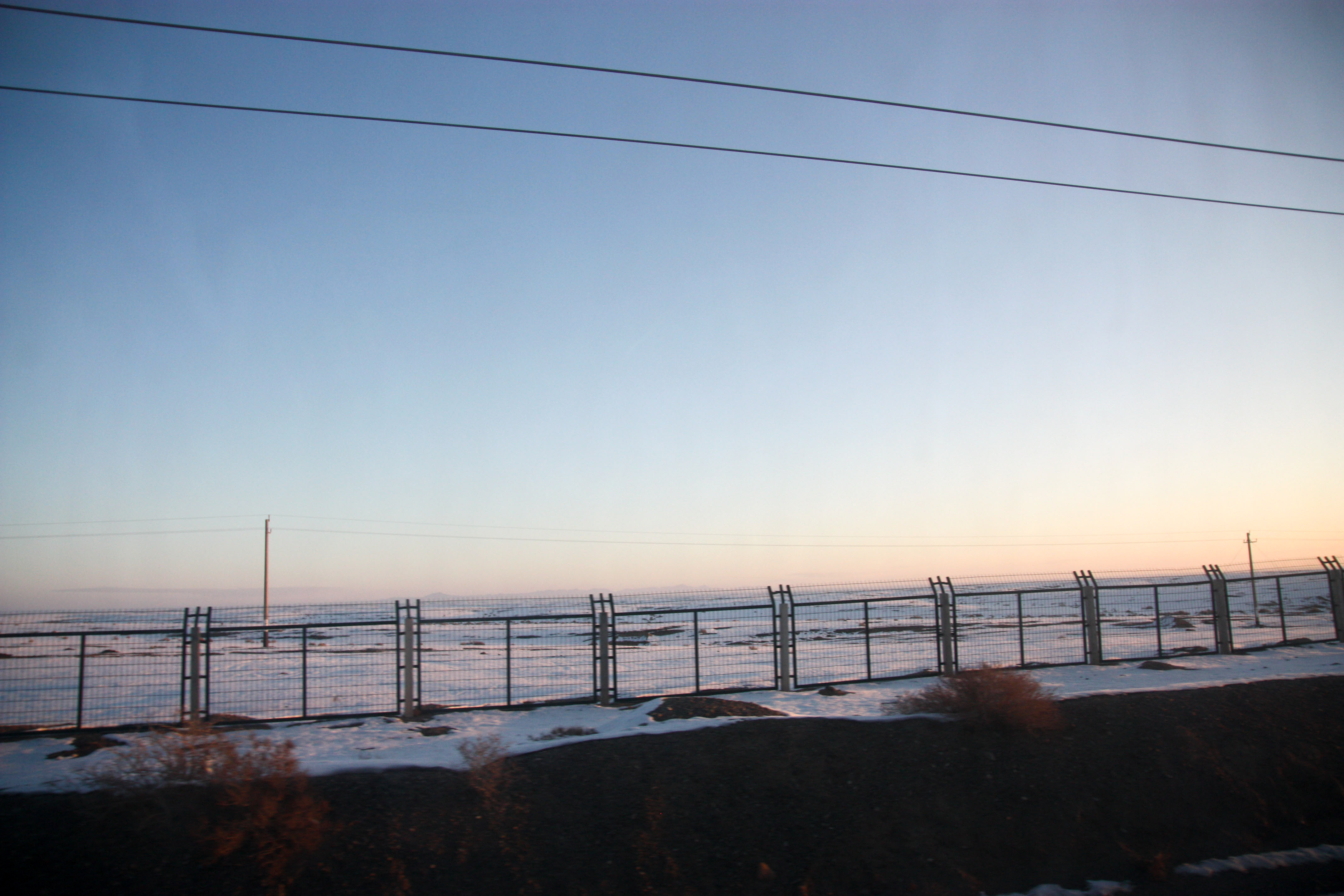
I woke up to this in the morning of my train to Urumqi. As Xinjiang is three times the size of France, despite having arrived in the province by the morning, the train hadn’t arrived in the capital until the evening – even though Urumqi is only the centre of the province.
What you’re looking at, is what a desert looks like when covered in snow. That there is the Gobi, one of the largest deserts in the world.
Many might not think of cold and desert in the same sentence, but in the winter that’s exactly what the Gobi becomes.
Urumqi, where I spent most of my time this trip, is surrounded by mountains.
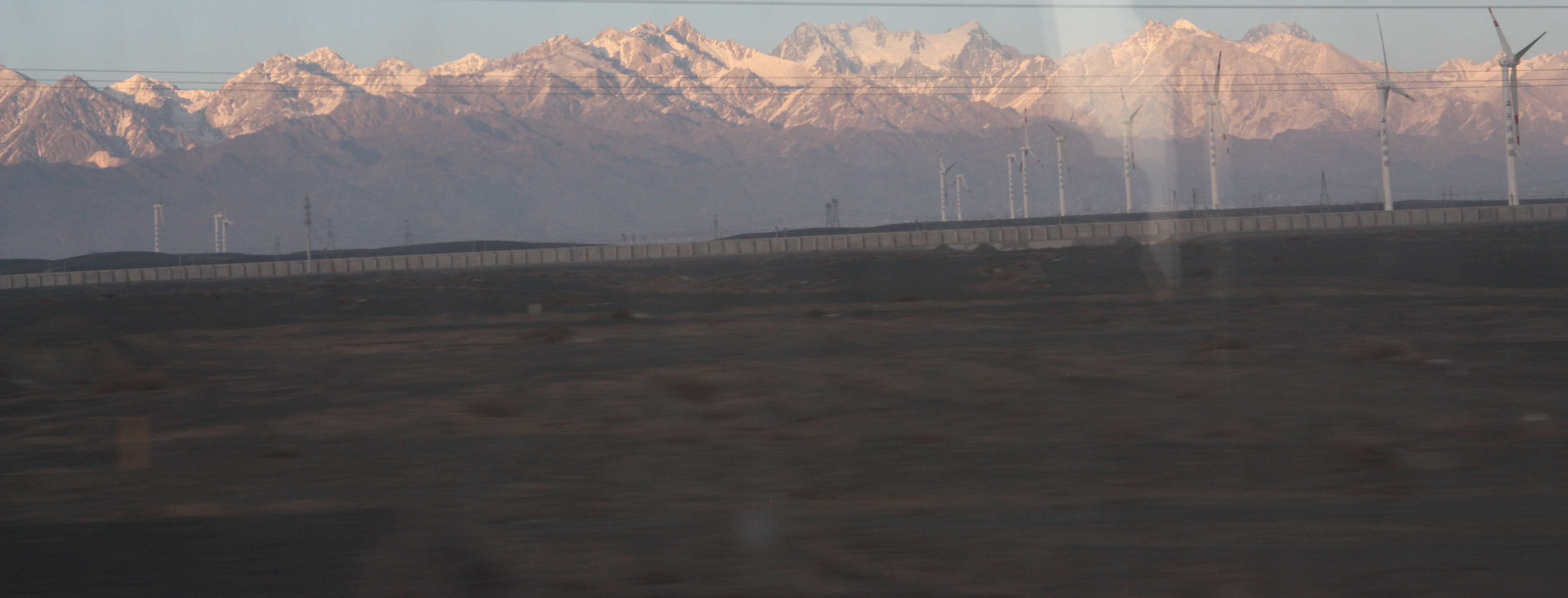
Hard to get a good photo out of a train window, but the mountains nearby Urumqi are stunning. They make up part of Õñ®Õ▒▒, tianshan, or the heavenly mountains. This range spans the majority of the province, splitting the Gobi from the Taklamakan desert. It might not look like it from those brown looking peaks, but in the spring, hidden in the mountains, the region turns lush green, a belt of nature splitting two huge swathes of arid land.
I risk going into too much detail over Xinjiang in this intended overview post, so I’ll just describe a few more photos then move on.
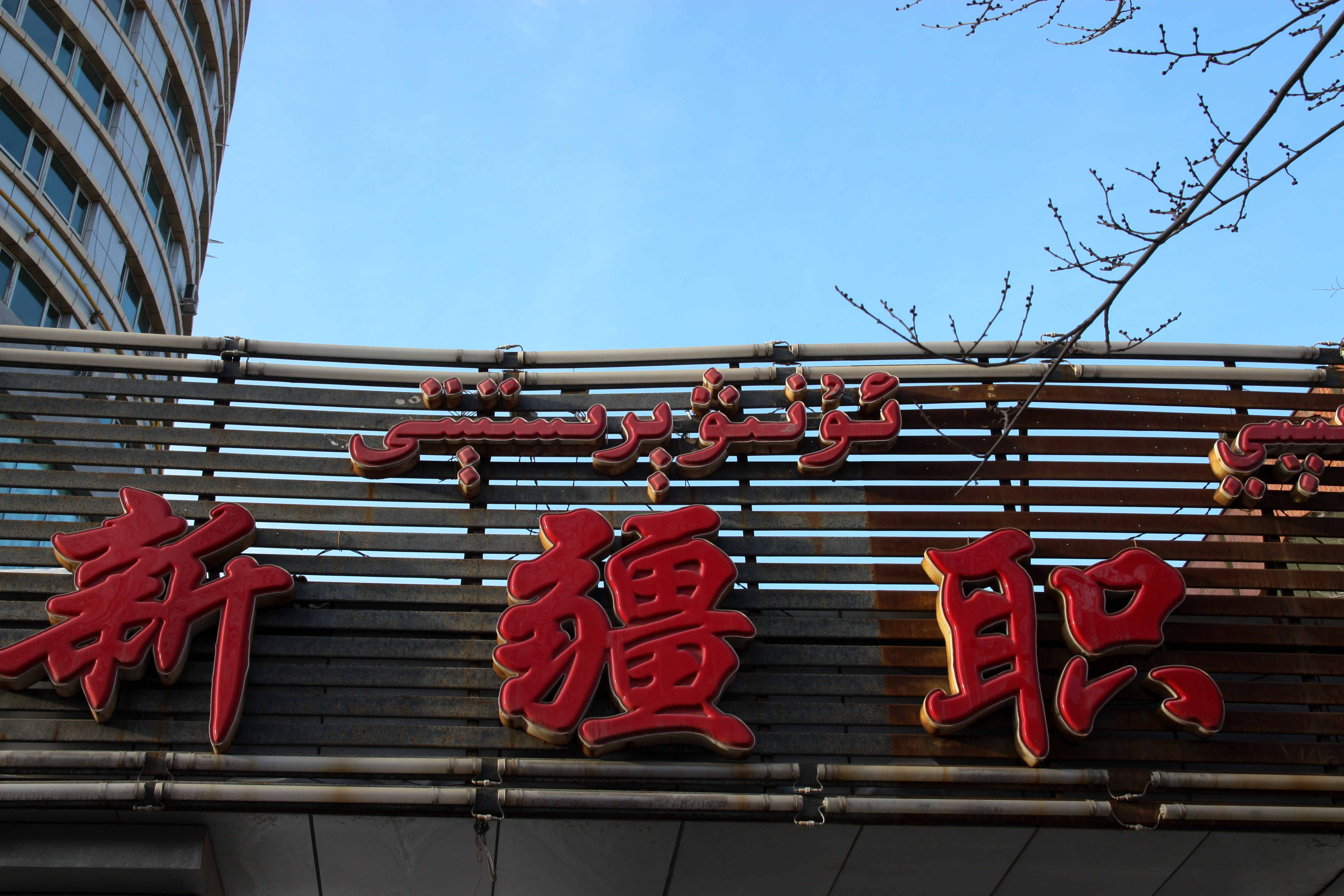
Xinjiang is home to a number of minority groups, some of which use Arabic script to write their languages. Because of this, you see a lot of Arabic script on the buildings. For anyone who knows Arabic, you’ll notice straight away that it is a slightly modified version.

Many of the people in the region are Muslims, and much of the architecture reflects that.
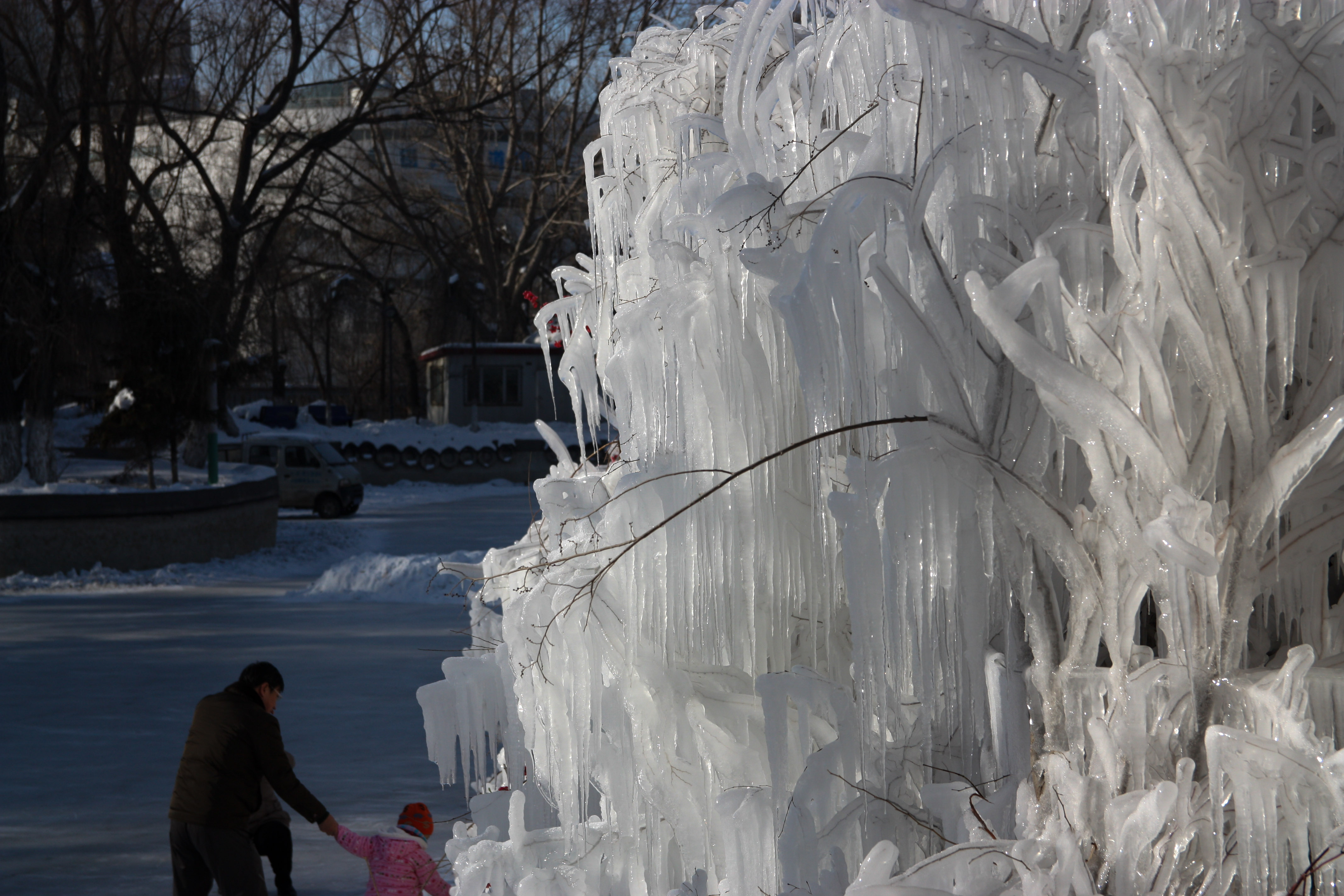
I think I said that it’s quite cold over there in winter.

Here’s a good example of Arabic script and Chinese characters on the same signs. I’ve always thought that when they’re put next to each other, Arabic script does end up looking more elegant than the sometimes blocky µ▒ëÕ¡ù.
I’ll write about Xinjiang in more detail in the next post, but for now, let’s move onto Xi’an
Xi’an is the city known for the terracotta warriors, a sight worth seeing, but not seen by me on this trip. I’ve been here before, and didn’t intend to see the ancient guards again (they’re not surprisingly pretty expensive).
I was mainly using the city as a good base to head further south, but there are some bits of the city worth exploring more than once!
Perhaps the symbols of the city itself are the drum and bell towers in the centre.
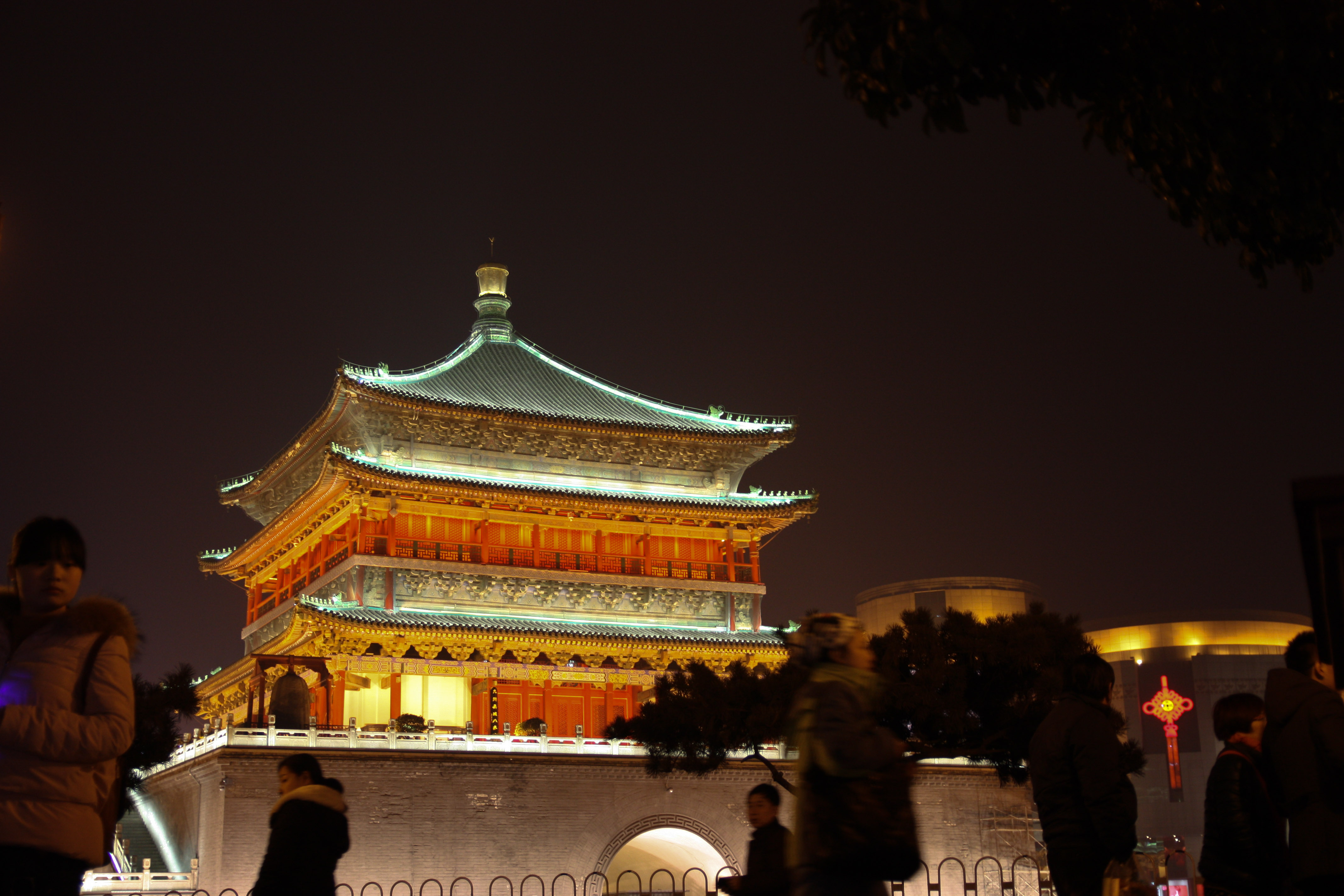
Next to the Drum tower is my favourite part of town, the Muslim district. It’s unfortunately a bit too touristy, but it does have a good atmosphere, especially in the evening. When it get’s dark, barbeques fire up, and a huge selection of street food appears.
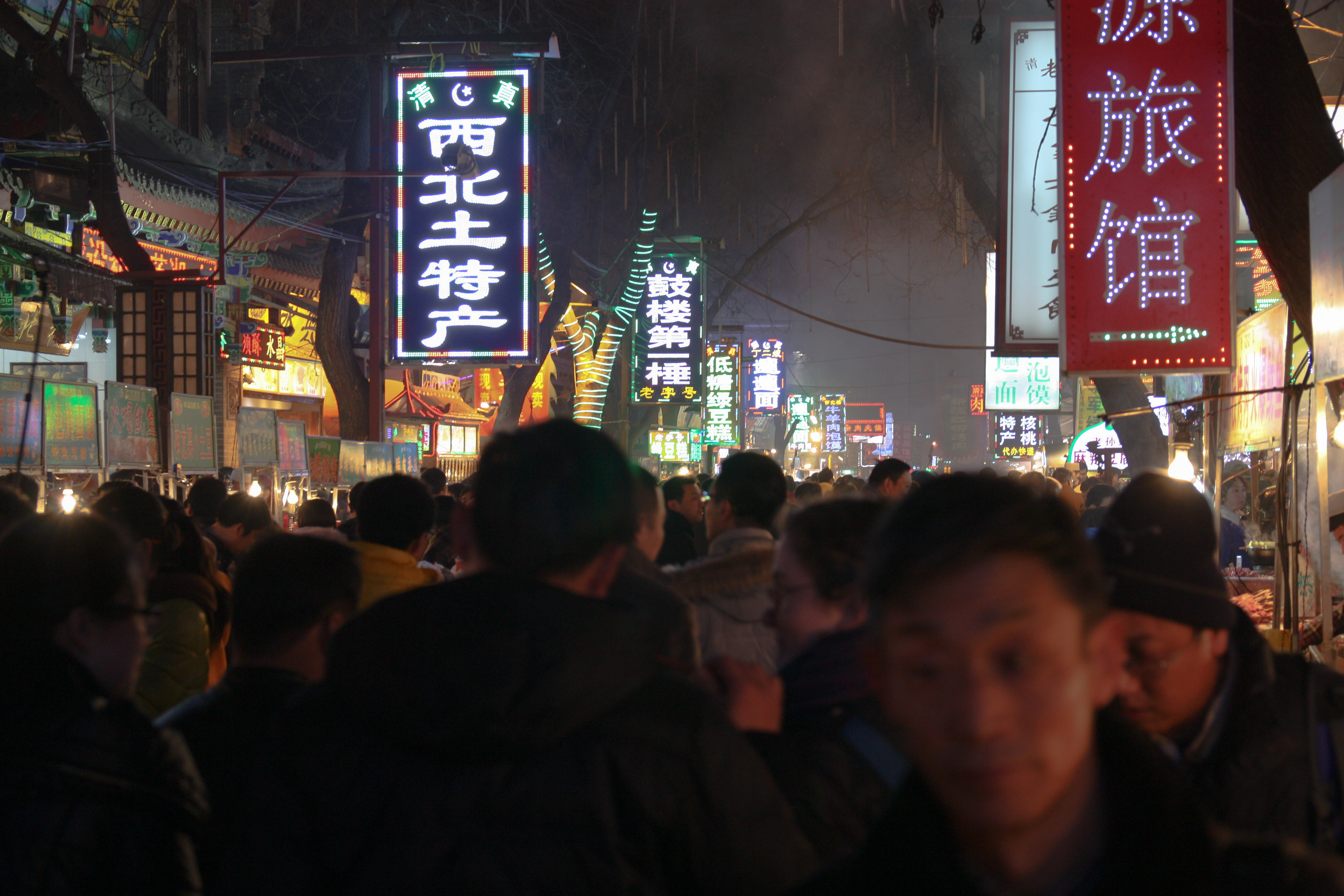
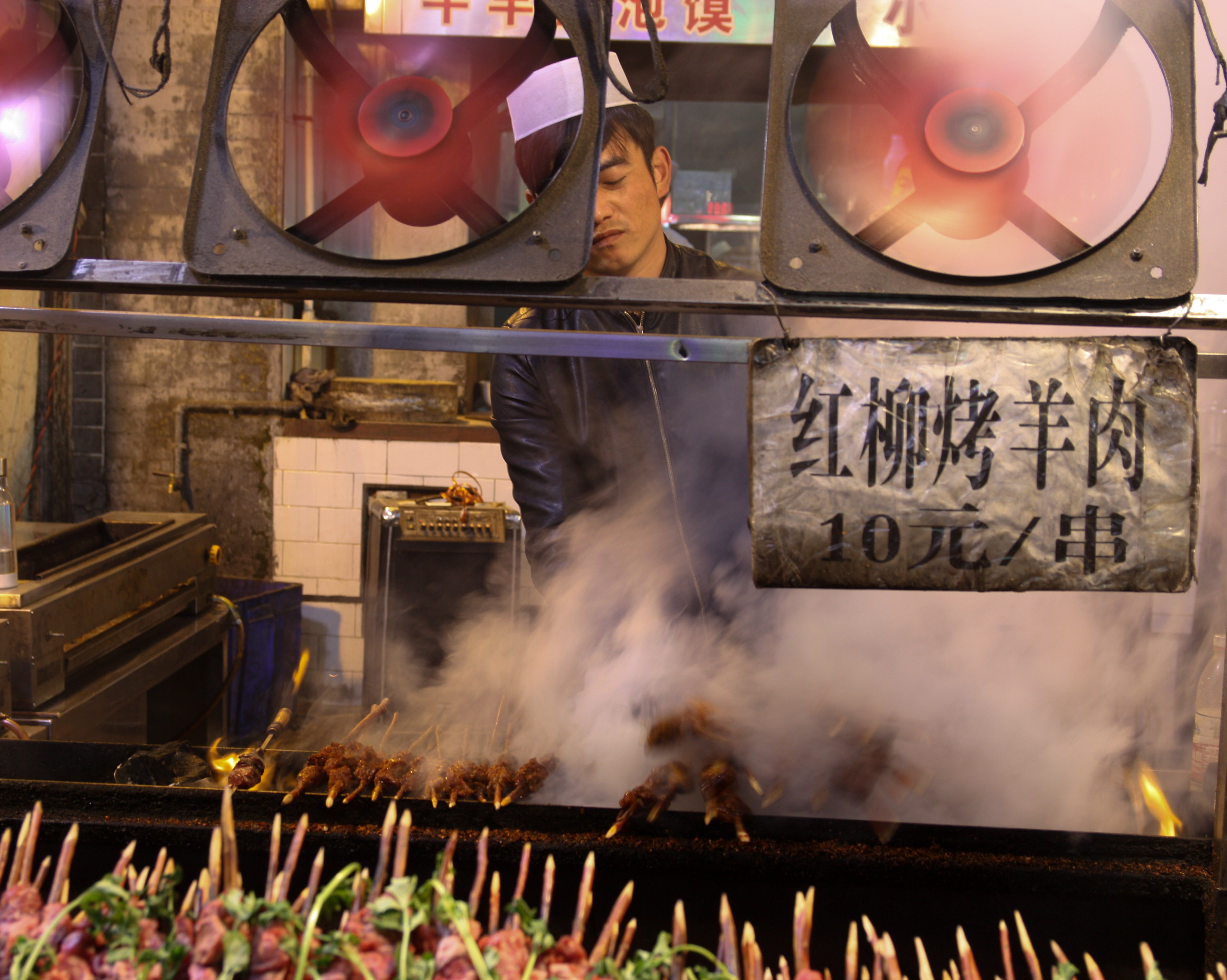
The other main attraction in, or more accurately around, the city is the city wall. Although it’s not the genuine ancient wall it’s claimed to be, it is still impressive. It encircles the whole of the city centre.
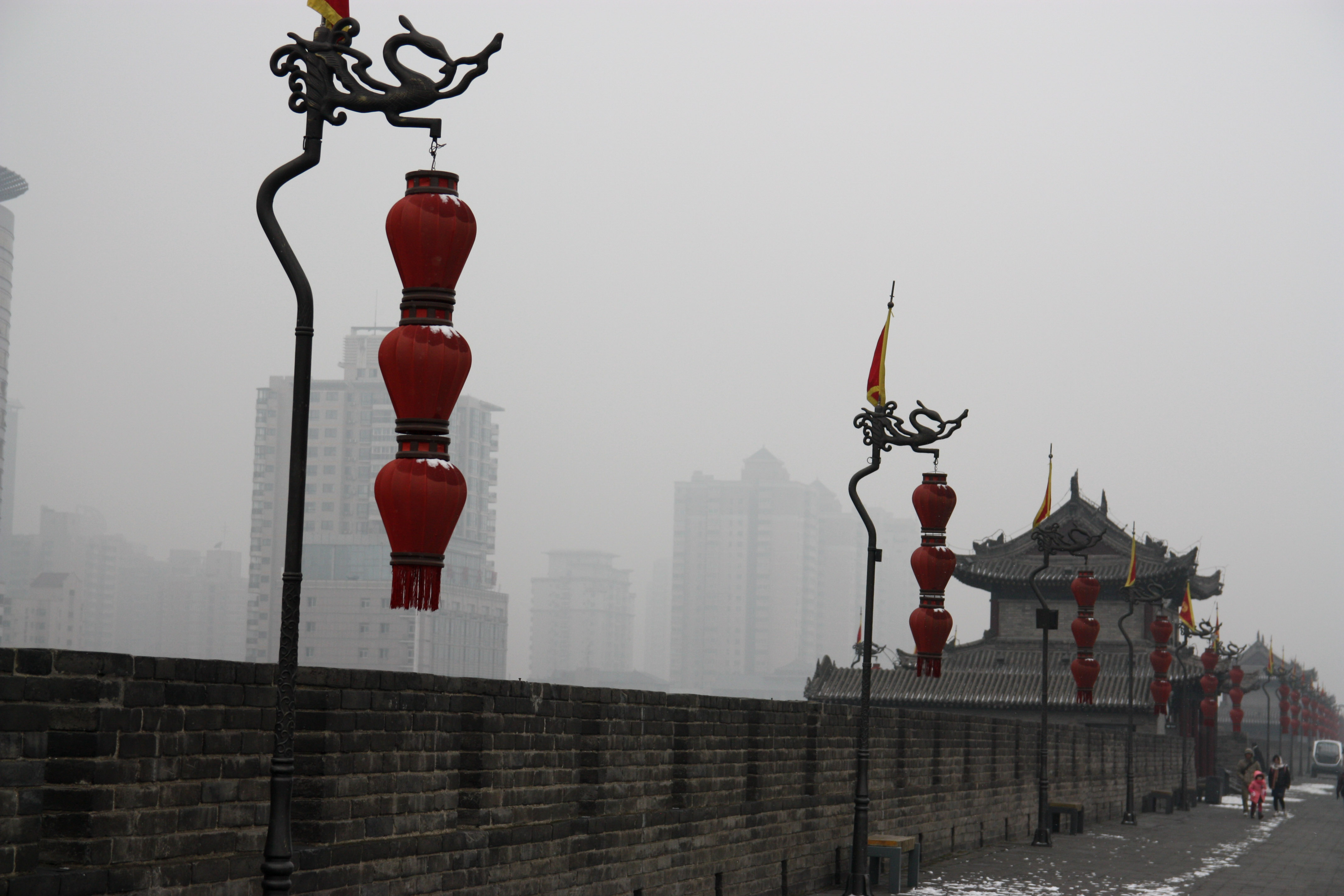
My next stop was Changsha, the home city of Mao Zedong, or at least, the city where he studied after he left his village of Shaoshan.
I had intended to only stay here for a day, using is a base to see Zhangjiajie – the inspiration for the mountains in ‘Avatar’- and the old village Fenghuang. My plans changed however, and I ended up staying in Changsha for the whole time of my stay in Hunan province. It just means I have to come back to Hunan at some point.
The biggest sight in the city, and big is the right word, is a giant statue of Mao’s face on the Orange Isle, a park in the middle of the Xiang river which runs through the city.
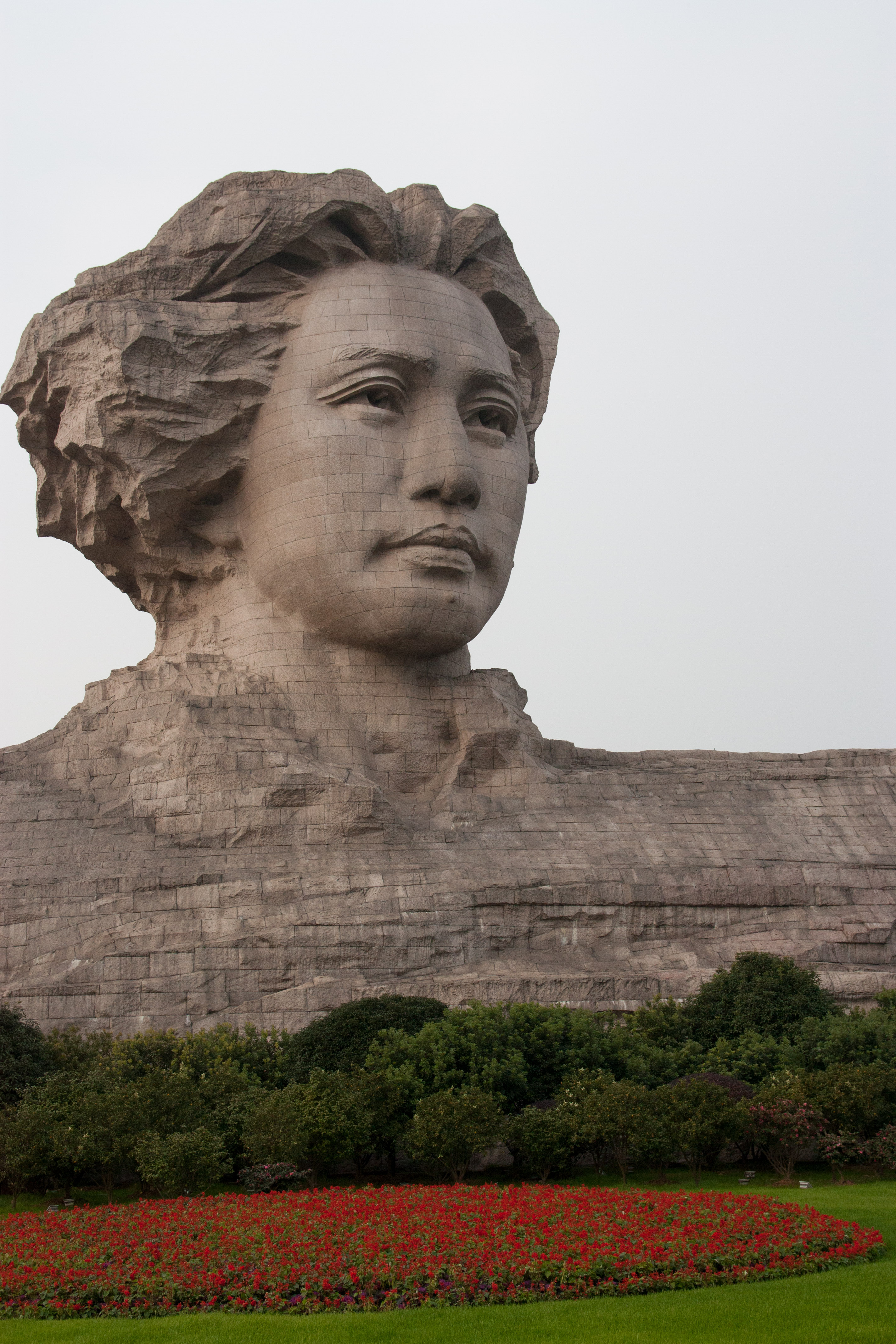
To put into perspective how big this statue was, I could see it very clearly from my hostel, which was a very very long walk from the park.
My aim of going to Hunan was always to get out into nature for a while, and although this made being stuck in a city a bit of a loss, there was a mountain in the city. Yuelu Shan is a little bit of peace in the middle of Hunan’s capital.
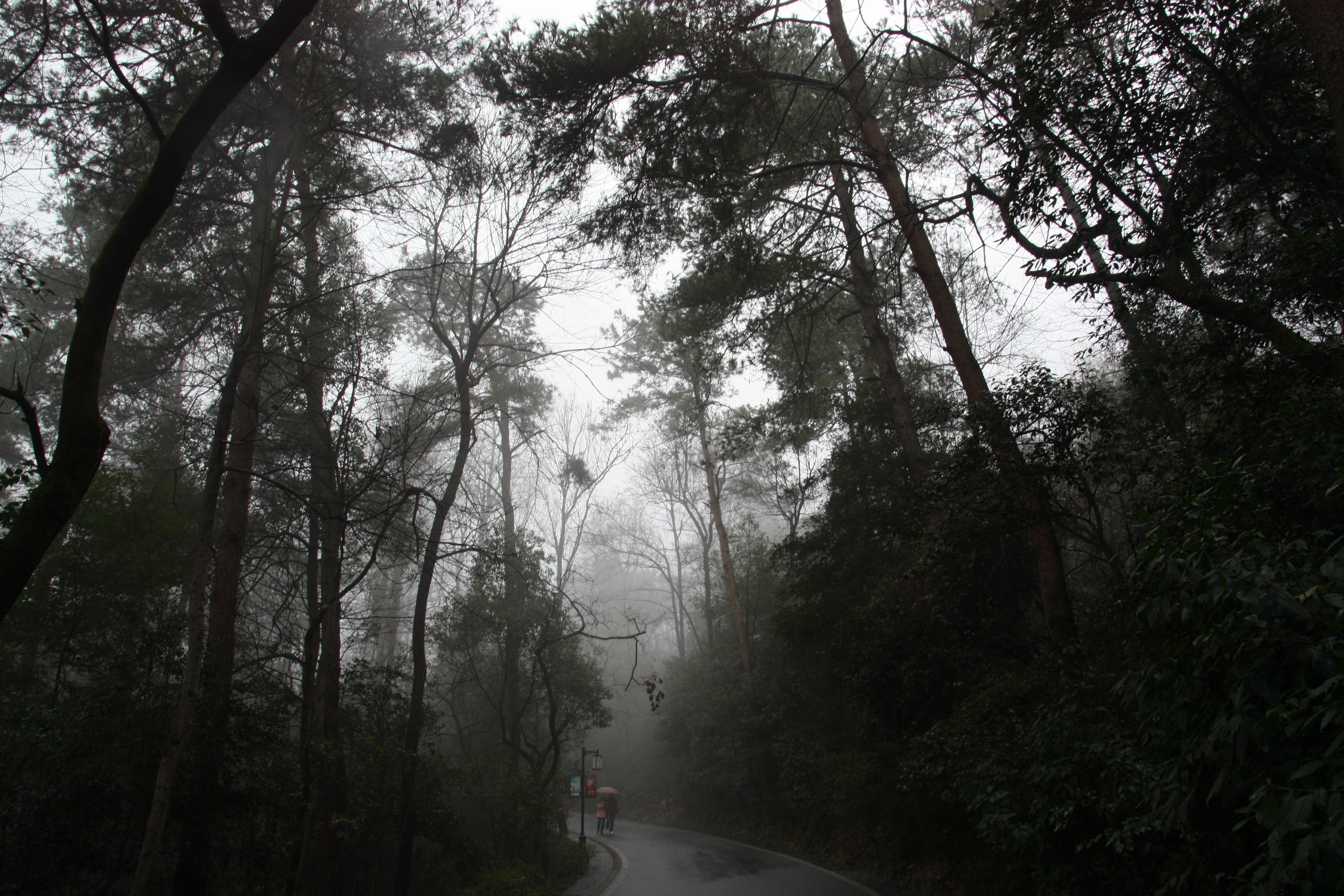
It was too foggy at the top for a view, so I had to be content with the forests, beautiful as they were, running up to the top of the peak.
After Changsha was my main stop on the trip; Hong Kong.
I have to say straight away, Hong Kong is fantastic. The thing I was looking forward to most was simply getting away from the mainland for a bit – it can be stressful here – but it was so much more than that.
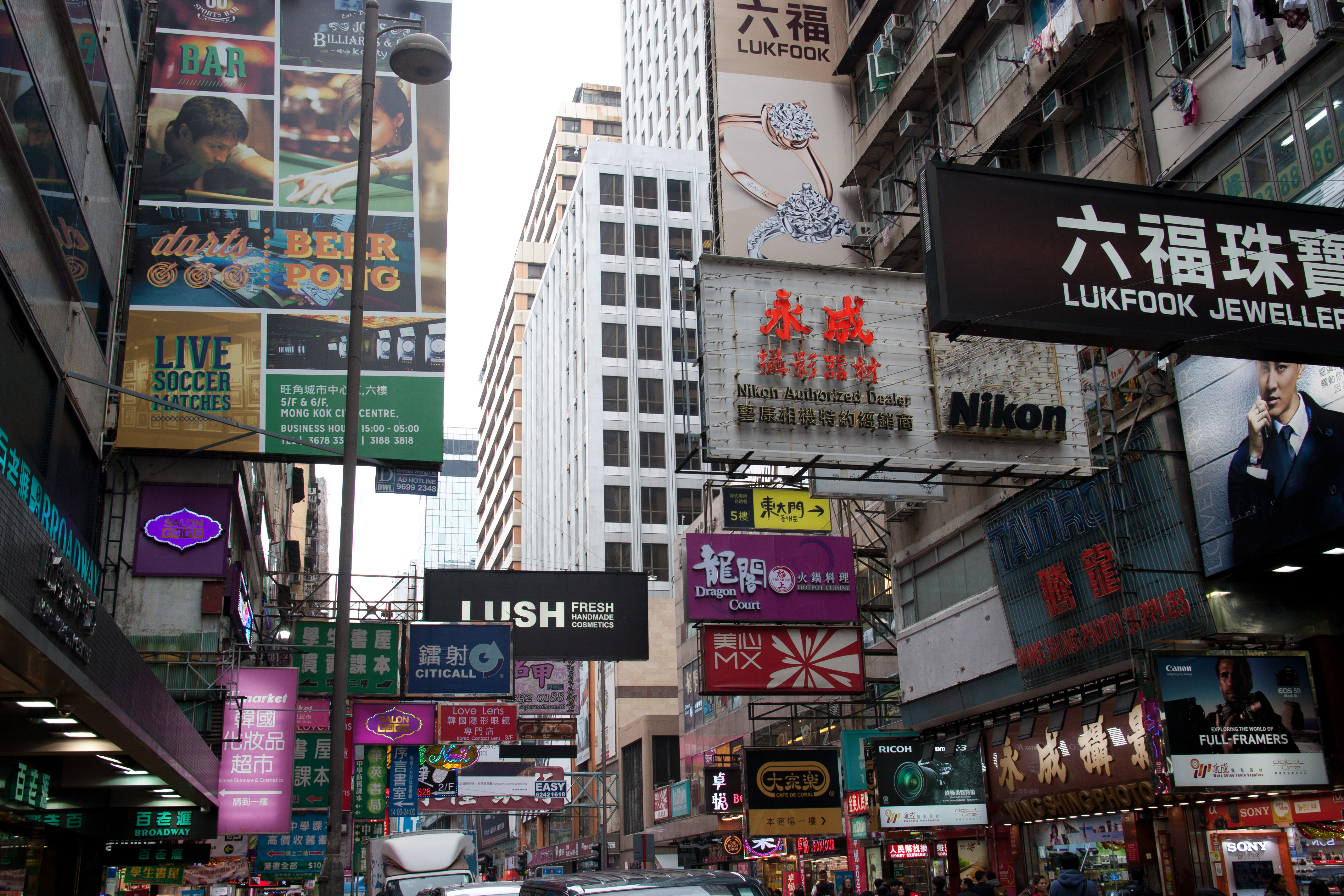
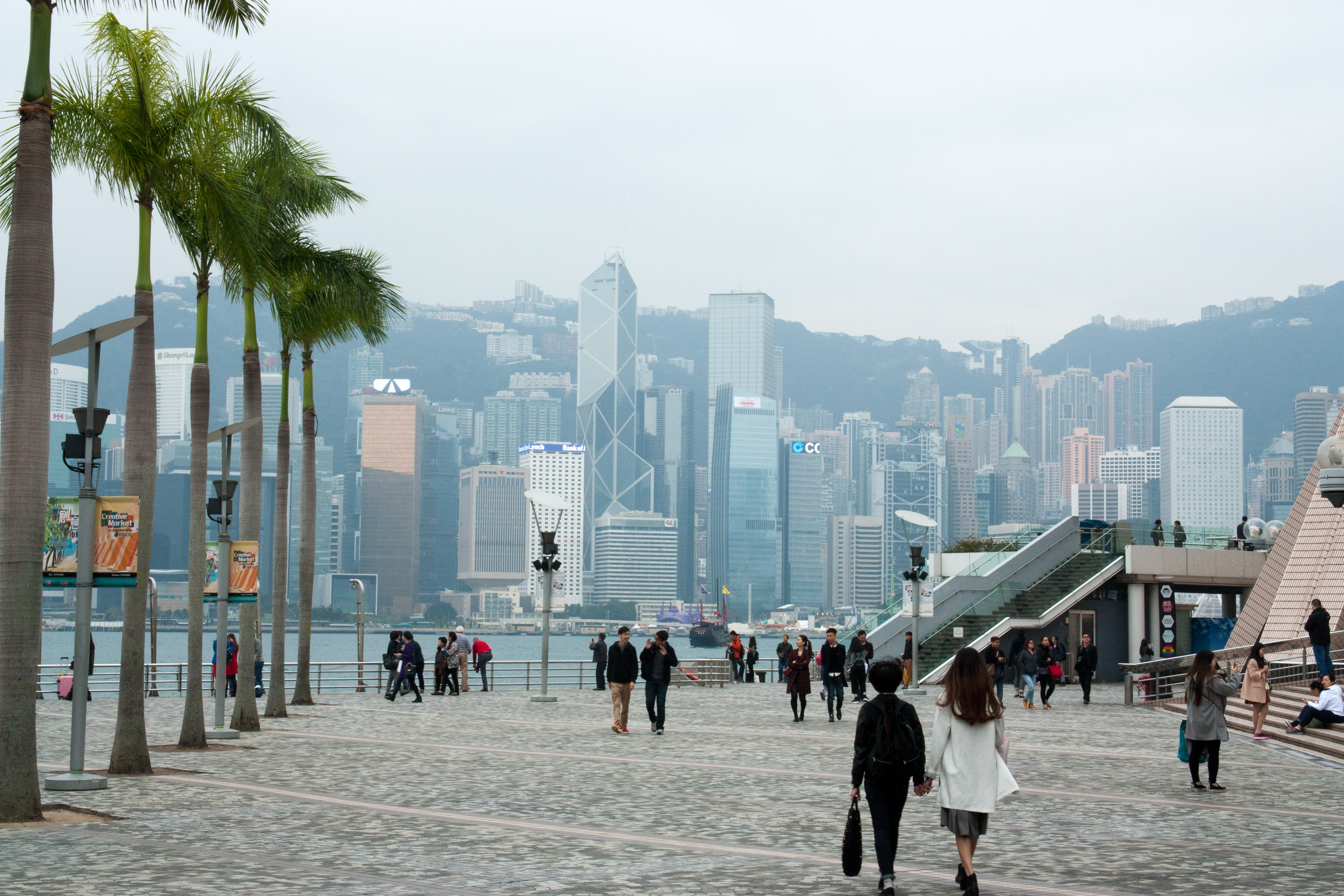
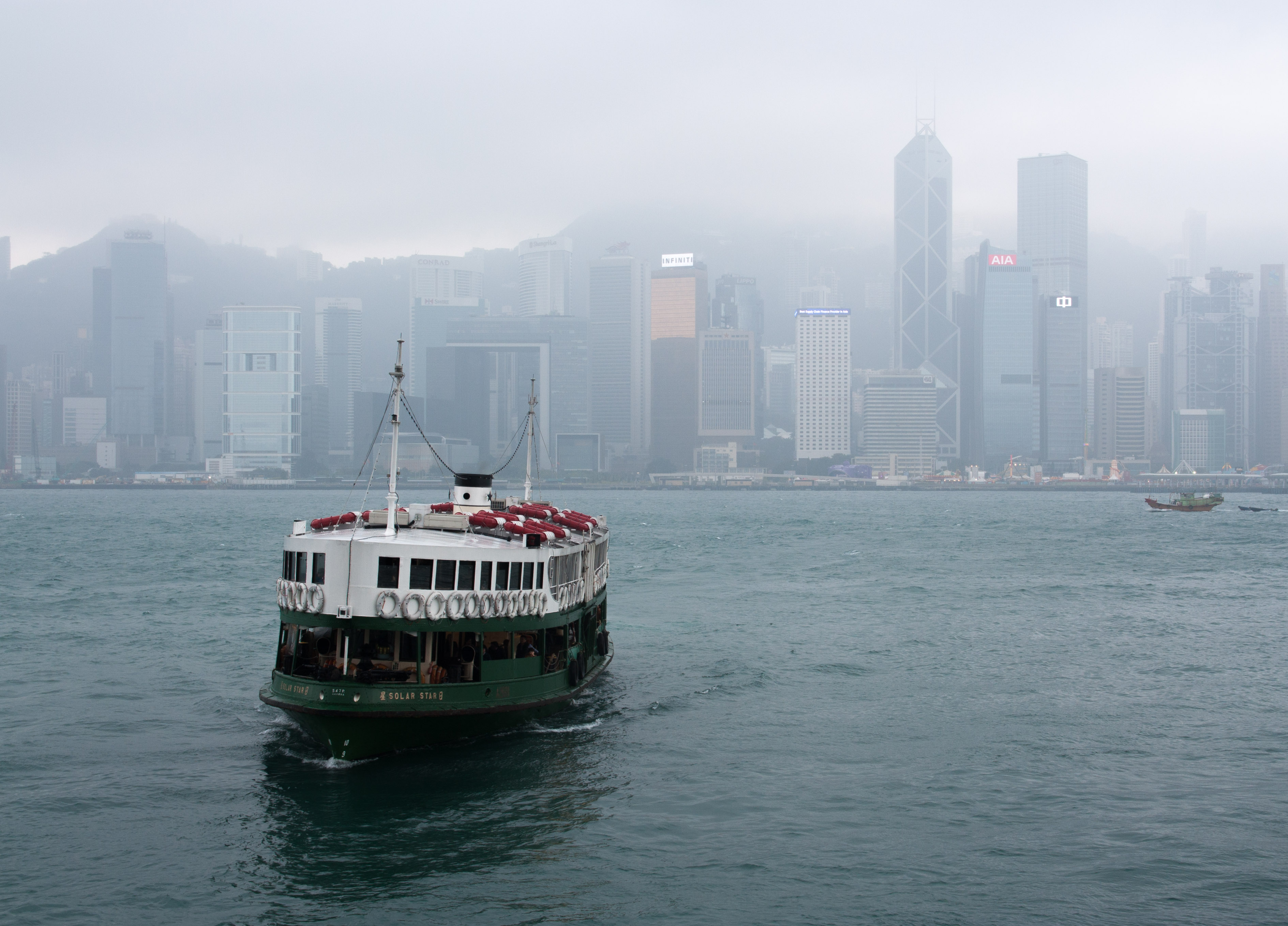

and now, I’m back in Beijing. Part of me wants to hop over to Japan or Taiwan, but flights mean big costs.
Look out for the more detailed posts on each town soon!
Skip to content
